by Judy Ridgway - @judyoliveoil
.png.transform/rendition-xs/image_image%20(1).png)
Living Olive Groves (Olivares Vivos) is the English translation of the name of the most innovative project I have come across in my many years in the olive oil world

by Judy Ridgway - @judyoliveoil
Olivares Vivos really does live up to all that its name implies. Participants in the scheme strive to increase the biodiversity of their groves at the same time as improving both productivity and profitability. This project started as an initiative developed by four friends in Jaén in Andalusia, the Spanish province with the largest number of olive trees in its territory. They all worked in organizations related to science, conservation and the environment, including the University of Jaén, the Spanish National Research Council and SEO/BirdLife. They came to the conclusion that if they really sought to do something tangible for the environment, they should work in the olive groves.
From the beginning it was clear to them that to succeed in the recovery of biodiversity in an important crop in the national economy they had to create something that would also improve agricultural profitability. As Francisco Vañó from Castillo de Canena, one of the very first participants in the scheme remarked to me; “At that time there were not so many landowners in Andalusia who believed in the benefits of biodiversity on their properties!
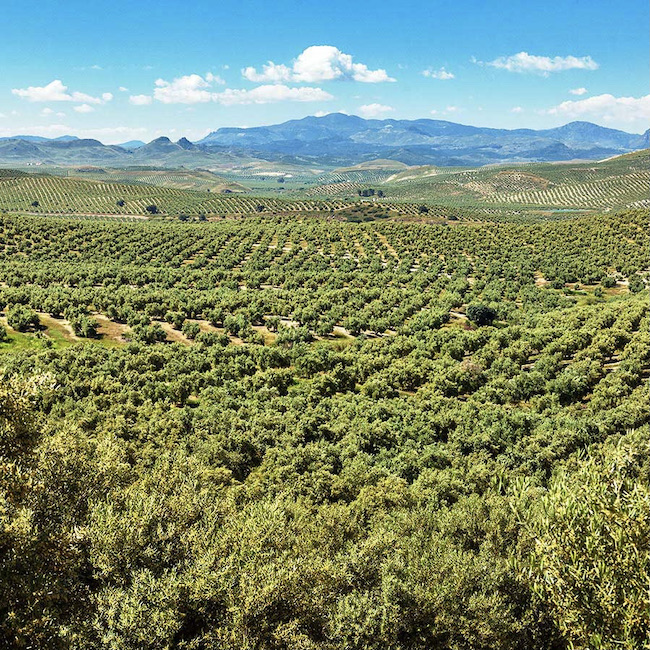
With this objective in mind the four friends persuaded their respective employers, and a number of other organizations, to put together a detailed plan of action on which to base a request for funding from the EU LIFE programme, originally set up in 1992 to promote green innovation and cleantech in Europe.
Phase One: The Beginnings
Funding for the project was granted in 2014 and Olivares Vivos was born. “We decided from the start that the whole project should be scientific in nature” says Jose Eugenio Gutiérrez of SEO/BirdLife, the coordinating partner in the Olivares Vivos group. This included the careful choice of participating groves and producers as well as a rigorous research programme looking at the efficacy of agricultural activities designed to promote biodiversity in the groves. The idea was that this research would eventually form the basis of a proven scientific model for improving biodiversity that could eventually be used in the certification of olive groves anywhere in the world.
Forty growers were invited to join the initial trials. They included representatives of the varying farm sizes, different landscapes and micro-climates to be found in Andalusia and included both conventional and more sustainable styles of management. They all used their olives exclusively to produce olive oil. Half groves would take part in the Olivares Vivos agri-environmental scheme. The other half were control olive groves where no changes were made, thus the scientists could compare the results to see if biodiversity was recovered and to what extent. Growers in the two groups were matched so as to be close to each other.
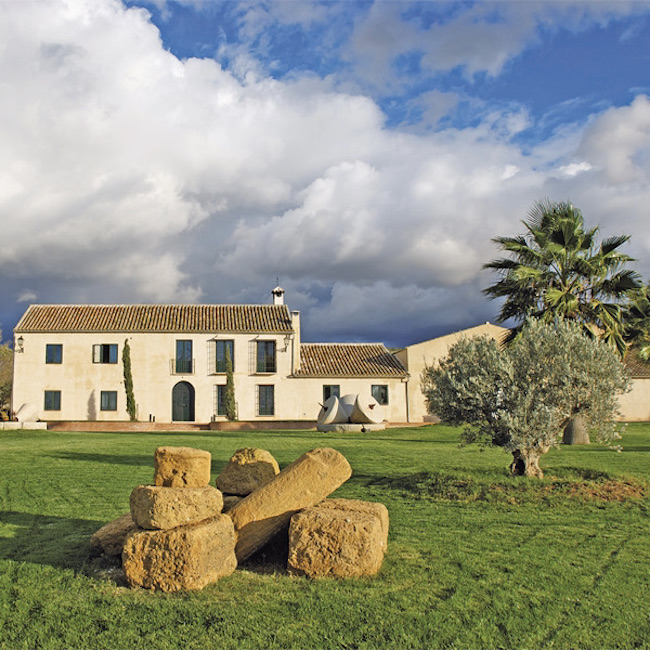
Enthusiasm for the project has been universal. “When you live by and for the olive grove, caring for it is a priority. That's why when we were asked to be part Olivares Vivos the answer was a resounding yes”. Says Paula García of O-Med oil, one of the first companies to be included in the project. “Olivares Vivos is exceptional in that it connects olive growers and researchers with a single objective: to work together to recover the biodiversity of the Andalusian olive grove.
Early Research
The early trials focused on finding the most effective ways of increasing the presence of native fauna and flora, creating more fertile soil with greater water retention, reducing erosion and cutting out fertilisers and pesticides thereby lowering production costs. To this end a quantification system, using ecological indicators such as the occurrence of birds, ground-dwelling insects and insect pollinators, and the presence of weeds and woody vegetation, was developed.
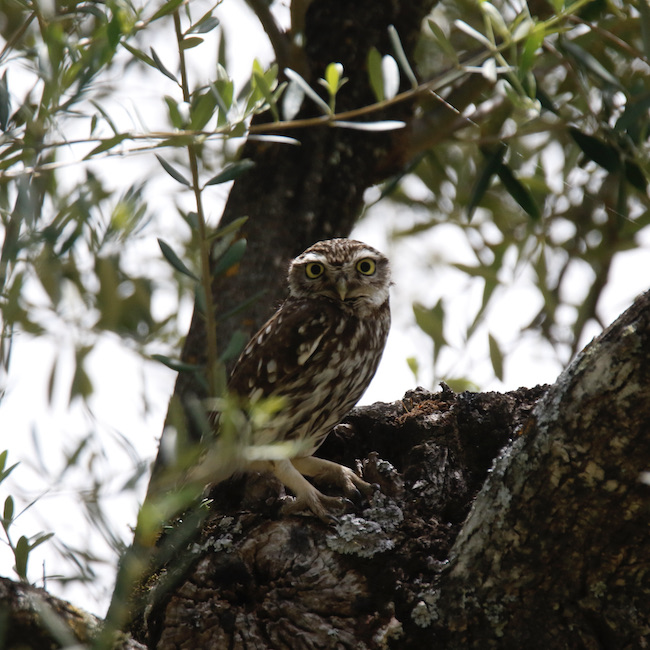
“Thanks to the collaboration with experts from the Olivares Team we have had a notable increase in biodiversity,” reports Francisco Vañó. “We have installed floating islands on top of our irrigation water supply to facilitate the nesting of acquatic birds and developed wetlands in the groves to stimulate the reproduction of amphibians and reptiles.”
Castillo de Canena is not the only participant to see marked improvements on their properties. The numbers of species of birds, insects, wild bees, and plants have all improved. At the same time costly inputs have decreased. The project has certainly demonstrated that biodiversity can be recovered in olive groves in a simple way, not only without affecting production or profitability adversely, but actually increasing them. As a result, in 2021, the European Union granted the funds for a second LIFE project, Olivares Vivos +.
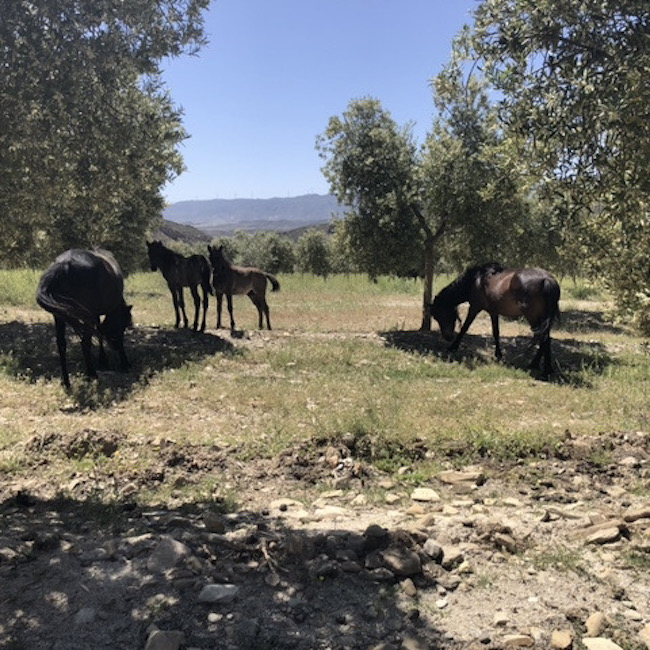
Phase 2: new members and areas
All the initial growers not only remained in the project until the end of the first stage in 2021 but also joined the second phase, now all as fully participating groves. Additional farms from Extremadura, Castilla -La Mancha and Valencia soon joined. One of the new recruits in this phase was Oro Del Desierto: “We were interested in the project since the start back in 2021”, Rafael Alonso Barrau, Commercial and Export Director for the company, told me. “But at that time Almería was not part of the study area. However, when we were approached to join the new stage of study, we immediately accepted as our philosophy has always been connected to natural production at the same time as producing top quality olive oil.” Environmental work in these groves in a very dry area have included the installation of underground irrigation systems to reduce evaporation, the use of solar energy for power, the provision of bird nesting boxes and water supplies for wild life in the groves.
The scheme has now been extended to include Spain as a whole, as well as Alentejo in Portugal, Toscana and Lazio in Italy and the Peleponnese and Crete in Greece. Partners and co-funders from these regions have also been recruited to create a much more widely based organisation. Groves concentrating mostly on the production of tables olives are also now eligible.
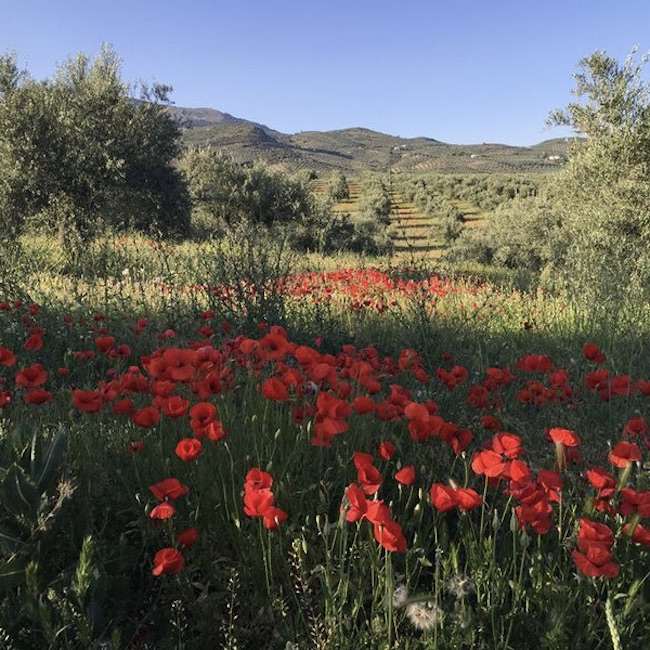
Certification: The culmination of the process
Most importantly, the second phase of Olivares Vivos has seen the introduction in 2023 of a fully science-based certification scheme. It is the culmination of the exhaustive research that has been carried out by the Olivares team over the of the last nine years. Growers signing up for certification are introduced to a model, designed specifically for their groves, that guarantees an increase in both biodiversity and profitability. In addition, they have the support of all the Olivares technical staff to deal with any doubts or problems.
Customer, seeing the Olivares Vivos symbol on the grower’s label, can be sure that the product they are buying really does contribute to the restoration of biodiversity, help to mitigate climate change and supports rural communities.
Currently certification is open to Spanish, Portuguese, Italian and Greek oils but the number of certified oils is growing and includes internationally known brands. Here it is the complete list of participant olive groves, that includes over 40 names.
What next?
On-going promotion of the project and its certification system is being stepped up with on-line information and catalogues as well as real time gastronomic events, There are plans to introduce training courses for olive growers, based on the Olivares experience. A non-profit company is also being created by early project partners (SEO/BirdLife, Centro Superior de Investigaciones Científicas and Universidad de Jaén) that will manage the Olivares Vivos certification once the LIFE project ends. It will also offer consultancy services on environmental and sustainability issues. The future of Olivares Vivos and its ethic looks secure.